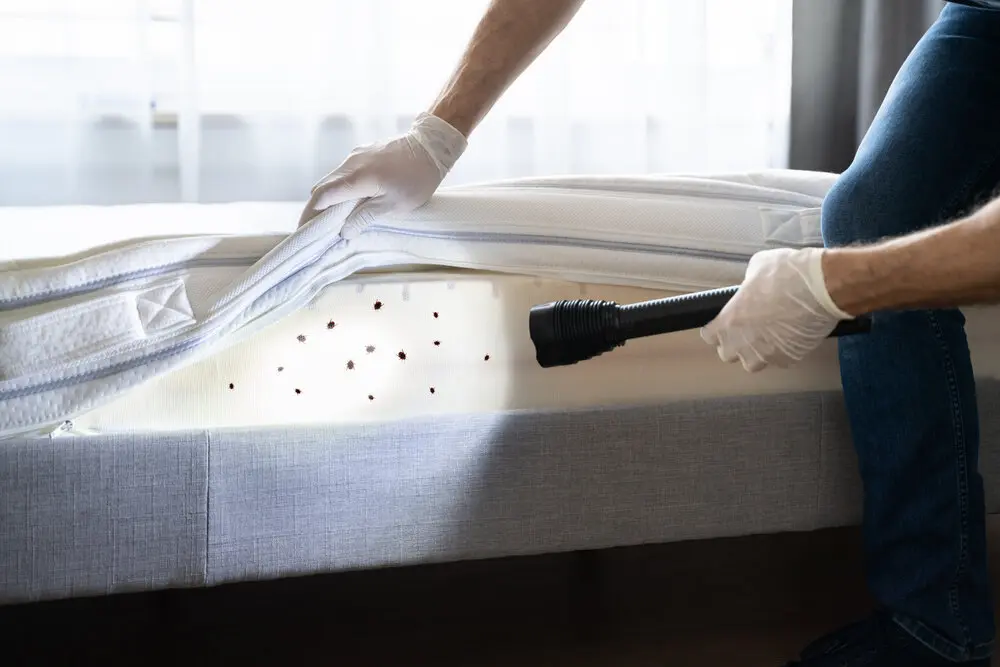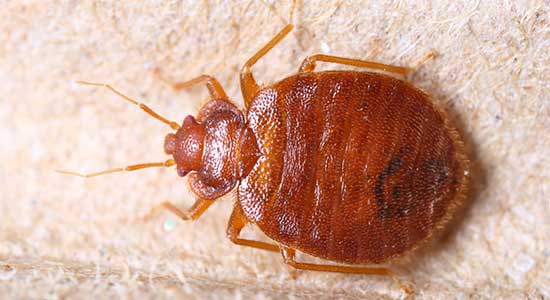Get Educated Concerning the Kinds of Pest Control Methods and Their Advantages for Property Owners
Recognizing the various pest control techniques offered to homeowners is essential for reliable bug management. Homeowners who are knowledgeable can make calculated choices that not only address parasite problems yet also boost the total quality of their living atmosphere.
Chemical Insect Control Approaches
Chemical pest control methods are a critical element of incorporated parasite administration methods for house owners seeking efficient services to pest invasions. These approaches entail the application of chemical substances created to remove or discourage parasites that endanger personal effects, wellness, and convenience. Usual chemicals made use of consist of pesticides, fungicides, herbicides, and rodenticides, each customized to target particular parasites.
The main benefit of chemical insect control is its rapid performance; numerous formulas provide immediate results, lowering pest populations dramatically quickly. Furthermore, advances in chemical formulas have brought about items that are more eco friendly and have lower toxicity levels for non-target organisms when applied correctly.

Biological Insect Control Techniques
All-natural pest control methods have actually obtained prestige as homeowners seek much safer and extra lasting alternatives to typical chemical strategies. Organic parasite control techniques make use of all-natural predators, bloodsuckers, or virus to manage parasite populations successfully. This method is not just ecologically friendly but additionally lessens the risk of injury to non-target varieties, consisting of valuable pests and wild animals.
One of the most typical organic control approaches includes introducing natural killers right into the atmosphere. As an example, ladybugs can be made use of to manage aphid populations, while nematodes target soil-dwelling bugs like grubs. Furthermore, parasitoids-- microorganisms that reside on or within a host-- can be employed to manage details insect varieties by laying eggs inside them, ultimately bring about their death.
One more method is using biopesticides, which are stemmed from natural products such as plants, minerals, or bacteria (bed bug exterminator). These items can successfully target parasites while posturing minimal threat to human beings and family pets. Generally, biological pest control methods supply homeowners with a reliable methods of pest monitoring that lines up with eco-friendly concepts, advertising a much healthier living environment while decreasing reliance on synthetic chemicals
Mechanical Insect Control Methods
Mechanical bug control methods include a variety of techniques that literally prevent or eliminate pests without the use of chemicals. These techniques are particularly useful for house owners looking for eco pleasant alternatives while making certain the safety and security of their space.
One typical approach is the usage of obstacles, such as displays, internet, and traps, which avoid pests from getting in homes mosquito control or details locations. Installing window screens can successfully maintain insects out, while utilizing physical obstacles around gardens can deter larger pests like rabbits or deer. Additionally, mechanical catches designed for rats can capture and remove these insects without the demand for hazardous substances.
An additional effective approach includes using mops and vacuum cleaners to remove parasites directly from surface areas. Normal cleansing and maintenance can substantially decrease insect populations by eliminating food sources and concealing spots. Utilizing devices like ultrasonic insect repellents can hinder various parasites through noise waves that are undesirable to them but inaudible to humans.
Social Pest Control Practices
Cultural bug control methods concentrate on changing the atmosphere and monitoring strategies to create conditions that are much less for pest problems. These practices are essential in keeping a well balanced community and minimizing the dependence on chemical interventions. By altering agricultural techniques, property owners can successfully hinder parasites while promoting plant health.
One common method includes crop rotation, which interrupts the life process of pests by changing the additional reading types of plants grown in a specific area (bed bug exterminator). This not just reduces pest populations however also enhances soil wellness. In addition, intercropping-- planting diverse crops in proximity-- can confuse pests and reduce their capacity to locate their preferred host plants
Water management is another crucial aspect of social techniques. Appropriate irrigation techniques can prevent standing water, which works as a reproduction ground for mosquitoes and other pests. In addition, keeping tidiness in and around the home, such as frequently removing particles and food waste, can dramatically reduce bug destination.
Including these cultural techniques into a comprehensive parasite management approach enables house owners to create an environment that normally deters parasites, thus boosting the efficiency of various other control techniques while advertising sustainable horticulture and landscape design.

Integrated Insect Monitoring Approaches
Integrated Parasite Management (IPM) represents an alternative technique that combines different strategies to successfully take care of parasite populations while minimizing environmental impact. This method incorporates organic, social, physical, and chemical methods to accomplish lasting parasite control. By analyzing pest populaces and their all-natural adversaries, IPM stresses surveillance and determining pests before implementing control measures.
One of the core concepts of IPM is using thresholds, which establish the level of parasite task that requires treatment. This makes sure that treatments are applied only when required, decreasing the reliance on chemical pesticides. Biological control approaches, such as presenting all-natural predators or bloodsuckers, operate in combination with cultural practices like crop turning and environment control to interrupt pest life cycles.
In addition, IPM urges the usage of least-toxic chemical choices when treatment is needed, prioritizing products that posture marginal danger orkin pest control to non-target organisms and the setting. For home owners, embracing IPM approaches not just improves the efficacy of insect management yet likewise promotes a much healthier living environment, fostering biodiversity and minimizing chemical exposure. Inevitably, IPM equips homeowners to make enlightened decisions that balance parasite control with environmental responsibility.
Conclusion
In conclusion, understanding the various bug control methods empowers homeowners to make educated choices pertaining to pest monitoring. Each approach-- chemical, organic, mechanical, social, and incorporated parasite monitoring-- supplies distinctive advantages that cater to different needs and preferences.
Recognizing the different insect control methods available to home owners is essential for reliable parasite administration.Chemical insect control methods are a crucial component of incorporated bug management strategies for property owners seeking effective remedies to pest invasions. In general, organic bug control techniques provide home owners with an effective means of parasite administration that aligns with eco-friendly concepts, promoting a healthier living atmosphere while minimizing reliance on artificial chemicals.
Social bug control techniques concentrate on customizing the environment and management techniques to create conditions that are less conducive to pest invasions.In conclusion, comprehending the various bug control methods equips homeowners to make educated choices relating to pest monitoring.